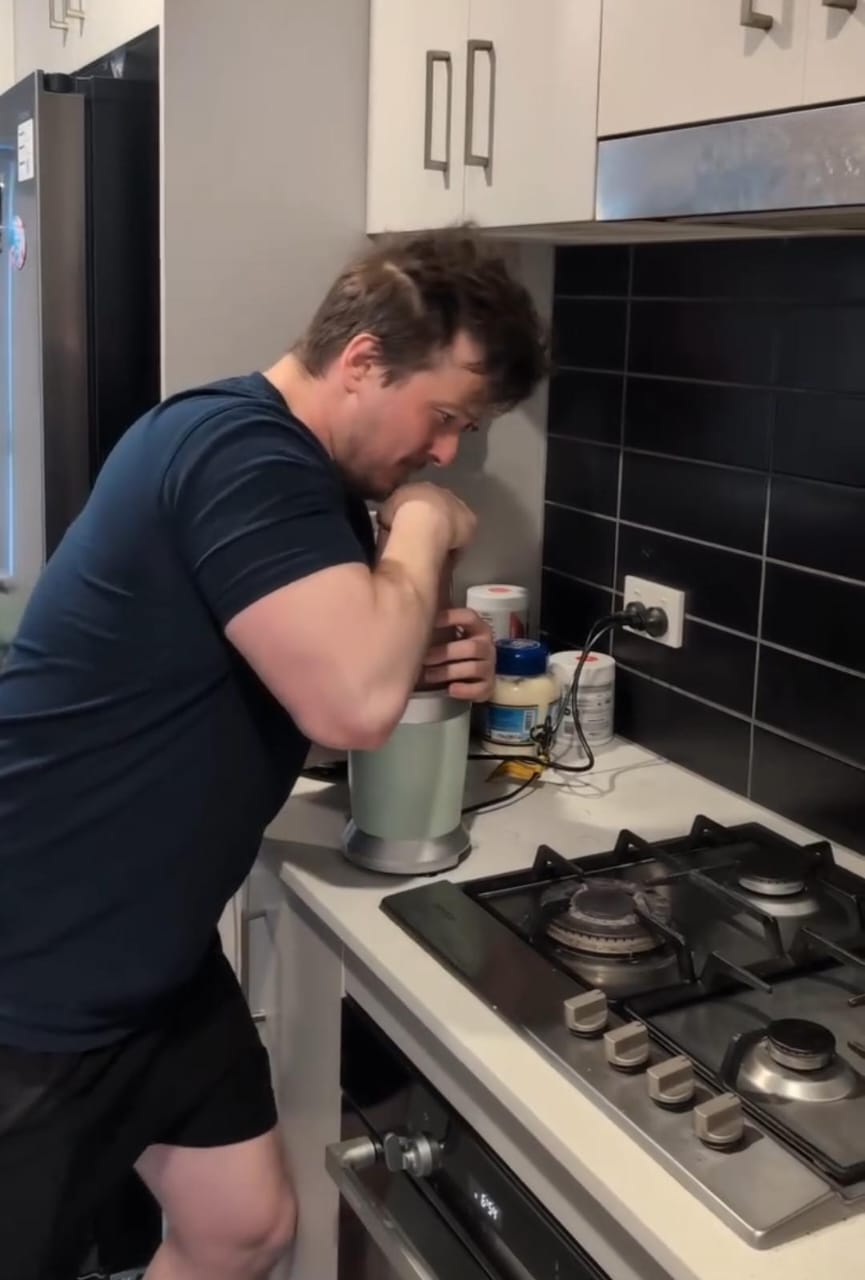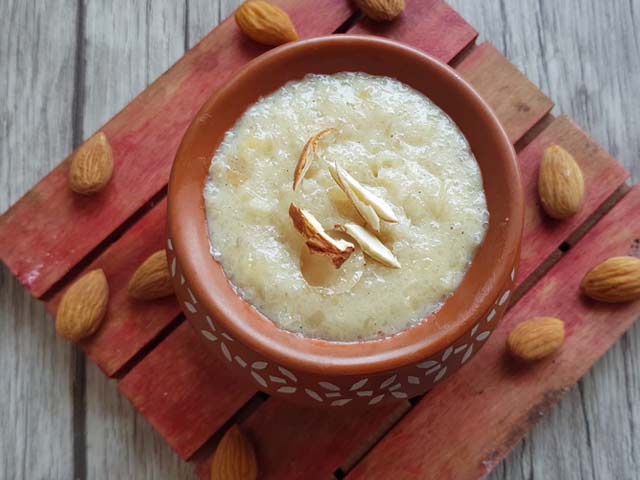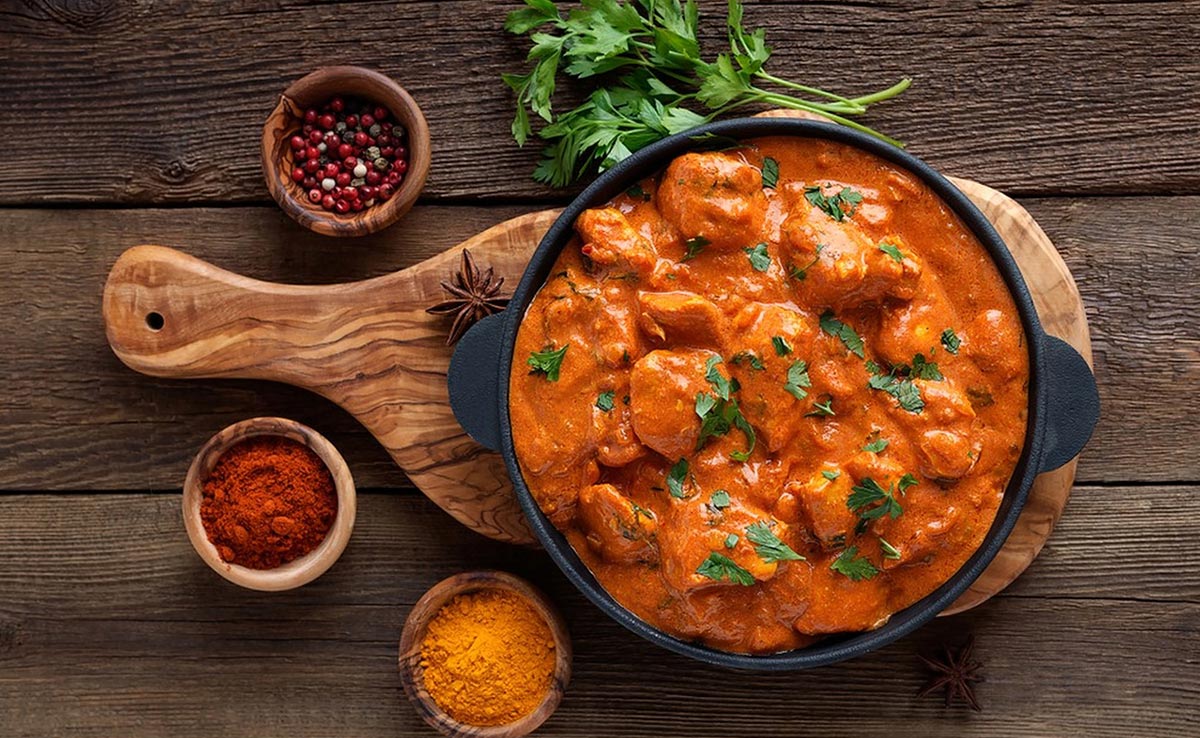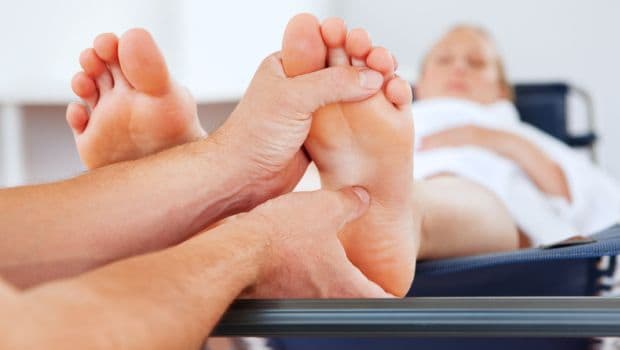The times we live in, stress is inevitable. We get so caught up running various errands that we often neglect paying attention to our own health. We are constantly stuck to the screens and hardly find the time to engage in physical activities. As such health issues are bound to crop up, and the most common one is body pain. Since we can't and shouldn't be popping pills all the time, resorting to alternate healing seems like a good bet, such as acupressure. Acupressure is a technique where practitioners use their fingers, palms, elbows or feet, or special devices to apply pressure to various essential points of our body. Sometimes, acupressure also involves stretching or massaging, as well as other methods.According to American Academy of Medical Acupuncture, the goal of acupressure or other types of Asian bodywork is to restore healthfitness and stability to the body's channels of energy and to regulate opposing forces of yin (negative energy) and yang (positive energy). Some proponents claim acupressure not only treats the energy fields and body but also the mind, emotions, and spirit.Dr. Vivek Gupta, Medical Head, Dr. Lohiya Acupuncture Centre, says,” People tend to get confused between acupuncture and acupressure. Acupressure is done by either using hand or by a jimmy, a pen-like instrument while acupuncture is done with the help of needles. Acupressure has no bad effects while in acupuncture one needs to be very careful as it can hamper an organ too.”
History of AcupressureAcupressure is an ancient healing art using the fingers to gradually press key healing points, which stimulate the body's natural self-curative abilities. Acupressure was developed in Asia over 5,000 years ago. Using the power and sensitivity of the hand, Acupressure Therapy is effective in the relief of stress-related ailments, and is ideal for self-treatment and preventive health care for boosting the immune system. Acupressure releases tension, increases circulation and reduces pain.

How to Do Acupressure on Your OwnAcupressure on the hands and feet are called refloxology. According to Dr. Sandeep Nandy, Owner of Ohm Shanti Yoga, Delhi, “Acupressure can be done at home easily. The best way to do it is to first move your thumb in an anti-clock wise direction followed by clockwise direction on the pressure point. Once done, then use your thumb to put pressure at the centre of the point.”Dr. Naresh Patel, Practitioner, Hi Tech Physiotherapy and Fitness Centre, says, "You can put as much pressure as you want on the sole, however, behind the sole, press only accordingly to the pain you can bear with the pressure." He also says that the pressure on a particular point should be minimum for half a minute and maximum for five minutes, depending on the severity of the pain.Pressure Points on the Feet Now that you know that basics of acupressure, here are some pressure points on the feet given by the National Centre of Biotechnology Information:1. Tai Chong: This pressure point can be located by pressing your finger in the indented spot between your big and second toe. It is the sorest when pressure is applied on that area.
Uses: Stress, anger, headaches, irritability, anxiety and menstrual pain

2. Yong Quan: There is a depression underneath the joint of the big toe which can be located by pressing your fingers along your foot. Located between your second and big toe, it is where the pressure can be felt the most.Uses: Palpitations, insomnia, poor memory, anxiety, night sweats

3. Tai Bai: On the middle side and near the ball of your foot, you may find this pressure point. It can be found by pressing along the side until your reach a depression and where the pressure is felt the strongest.Uses: Abdominal distension, stomach aches, diarrhoea, dysentery and vomiting

4. Tai Xi: One of the many pressure points on the feet, it can be found in the indention between the Achilles' tendon and the top of the medial malleolus (inner bony bump) of your ankle.Uses: Kidney disease, sore throat, bronchitis, toothaches, asthma and arthritis

5. Xing Jian: This point is located within the thick part of the web of your skin between your first and second toes. It can be found by applying pressure and is where it is felt the strongest.Uses:Eye diseases, liver disease, leg cramps and sinusitis.

6. Li Nei Ting: Positioned between your second and third toes on the underside of the foot, it can be easily located due to the soreness felt when pressure is applied to this point.Uses: Press this point to relieve food poisoning and urinary tract infections.

7. Di Er Li Dui: Another pressure point on your feet that is located in the toe area. It can be found on the upper side of your second toe, just below your toenail. Uses: Appetite, hiccups and nausea

History of AcupressureAcupressure is an ancient healing art using the fingers to gradually press key healing points, which stimulate the body's natural self-curative abilities. Acupressure was developed in Asia over 5,000 years ago. Using the power and sensitivity of the hand, Acupressure Therapy is effective in the relief of stress-related ailments, and is ideal for self-treatment and preventive health care for boosting the immune system. Acupressure releases tension, increases circulation and reduces pain.
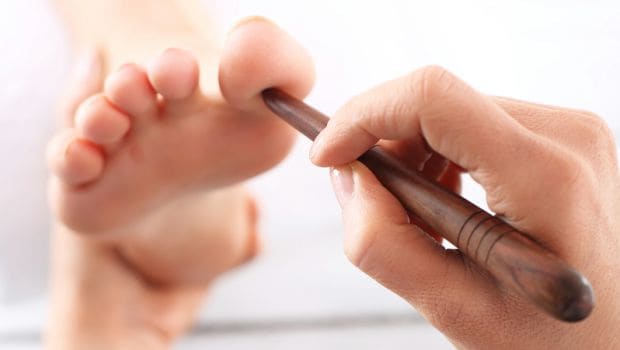
How to Do Acupressure on Your OwnAcupressure on the hands and feet are called refloxology. According to Dr. Sandeep Nandy, Owner of Ohm Shanti Yoga, Delhi, “Acupressure can be done at home easily. The best way to do it is to first move your thumb in an anti-clock wise direction followed by clockwise direction on the pressure point. Once done, then use your thumb to put pressure at the centre of the point.”Dr. Naresh Patel, Practitioner, Hi Tech Physiotherapy and Fitness Centre, says, "You can put as much pressure as you want on the sole, however, behind the sole, press only accordingly to the pain you can bear with the pressure." He also says that the pressure on a particular point should be minimum for half a minute and maximum for five minutes, depending on the severity of the pain.Pressure Points on the Feet Now that you know that basics of acupressure, here are some pressure points on the feet given by the National Centre of Biotechnology Information:1. Tai Chong: This pressure point can be located by pressing your finger in the indented spot between your big and second toe. It is the sorest when pressure is applied on that area.
Uses: Stress, anger, headaches, irritability, anxiety and menstrual pain
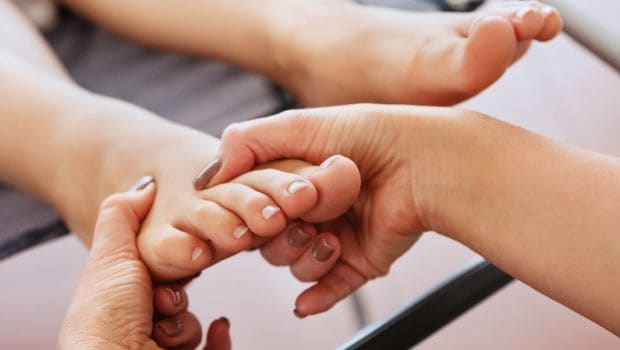
2. Yong Quan: There is a depression underneath the joint of the big toe which can be located by pressing your fingers along your foot. Located between your second and big toe, it is where the pressure can be felt the most.Uses: Palpitations, insomnia, poor memory, anxiety, night sweats

3. Tai Bai: On the middle side and near the ball of your foot, you may find this pressure point. It can be found by pressing along the side until your reach a depression and where the pressure is felt the strongest.Uses: Abdominal distension, stomach aches, diarrhoea, dysentery and vomiting
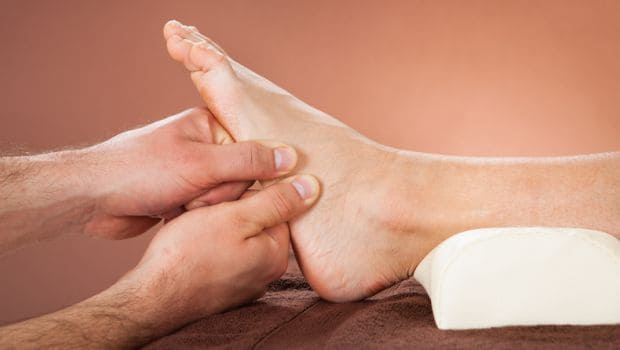
4. Tai Xi: One of the many pressure points on the feet, it can be found in the indention between the Achilles' tendon and the top of the medial malleolus (inner bony bump) of your ankle.Uses: Kidney disease, sore throat, bronchitis, toothaches, asthma and arthritis

5. Xing Jian: This point is located within the thick part of the web of your skin between your first and second toes. It can be found by applying pressure and is where it is felt the strongest.Uses:Eye diseases, liver disease, leg cramps and sinusitis.
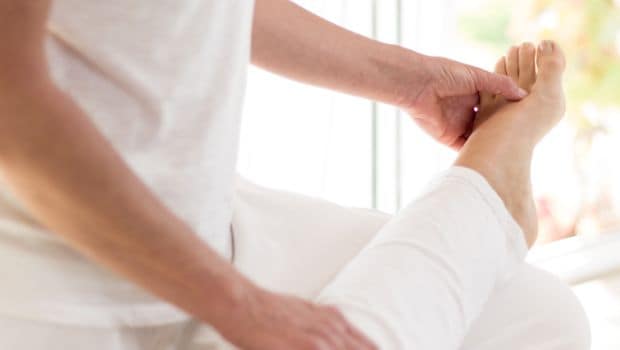
6. Li Nei Ting: Positioned between your second and third toes on the underside of the foot, it can be easily located due to the soreness felt when pressure is applied to this point.Uses: Press this point to relieve food poisoning and urinary tract infections.
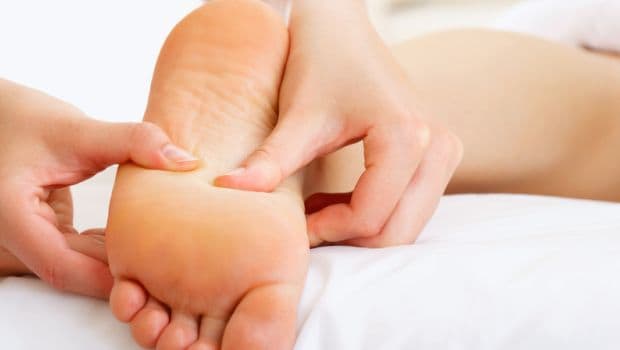
7. Di Er Li Dui: Another pressure point on your feet that is located in the toe area. It can be found on the upper side of your second toe, just below your toenail. Uses: Appetite, hiccups and nausea
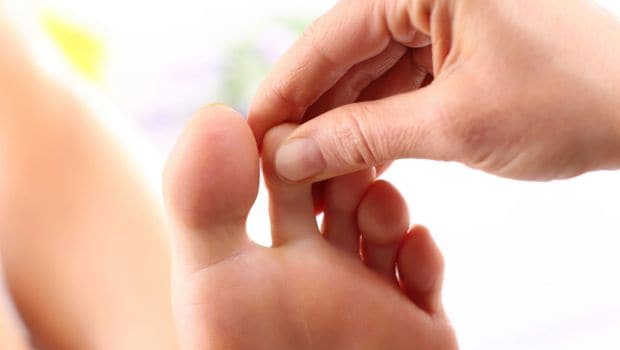
Advertisement
